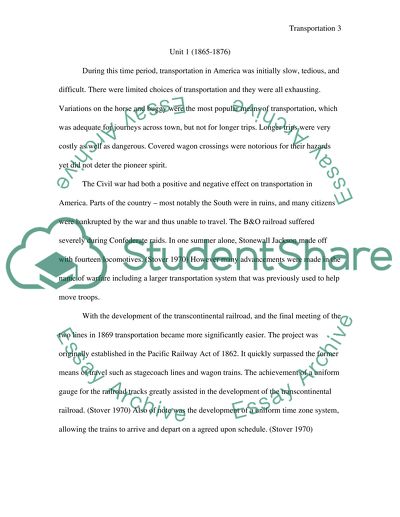Cite this document
(“History of Transportation in America Essay Example | Topics and Well Written Essays - 2000 words”, n.d.)
History of Transportation in America Essay Example | Topics and Well Written Essays - 2000 words. Retrieved from https://studentshare.org/miscellaneous/1506510-history-of-transportation-in-america
History of Transportation in America Essay Example | Topics and Well Written Essays - 2000 words. Retrieved from https://studentshare.org/miscellaneous/1506510-history-of-transportation-in-america
(History of Transportation in America Essay Example | Topics and Well Written Essays - 2000 Words)
History of Transportation in America Essay Example | Topics and Well Written Essays - 2000 Words. https://studentshare.org/miscellaneous/1506510-history-of-transportation-in-america.
History of Transportation in America Essay Example | Topics and Well Written Essays - 2000 Words. https://studentshare.org/miscellaneous/1506510-history-of-transportation-in-america.
“History of Transportation in America Essay Example | Topics and Well Written Essays - 2000 Words”, n.d. https://studentshare.org/miscellaneous/1506510-history-of-transportation-in-america.


